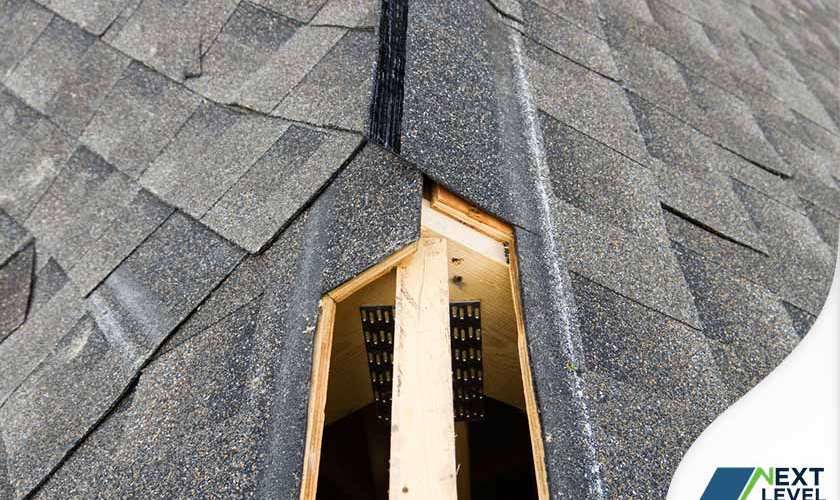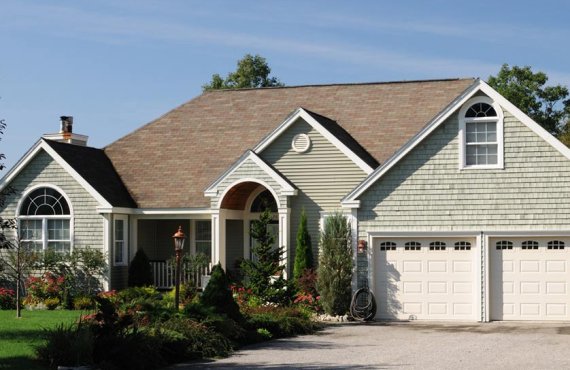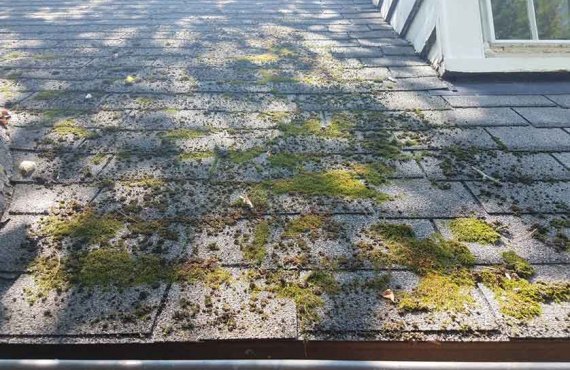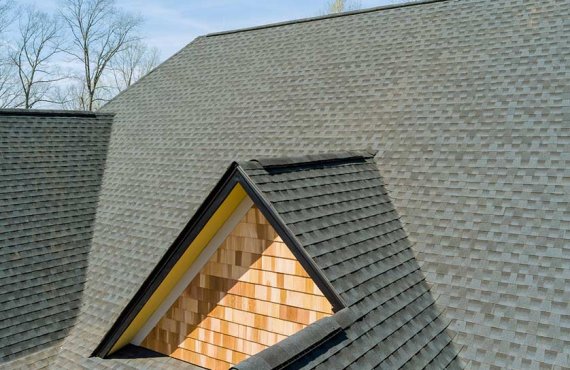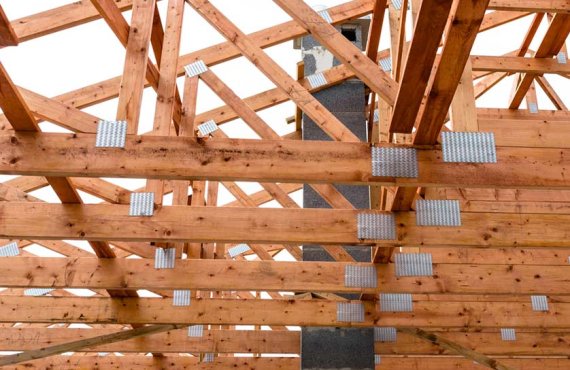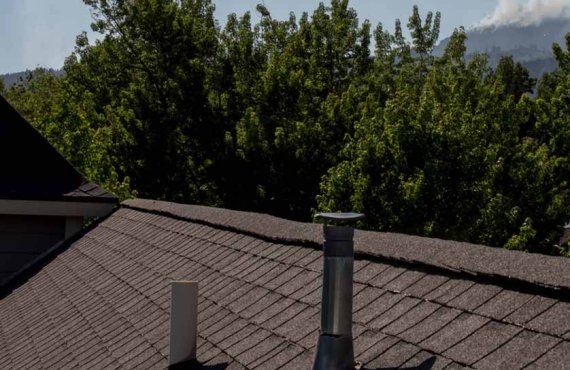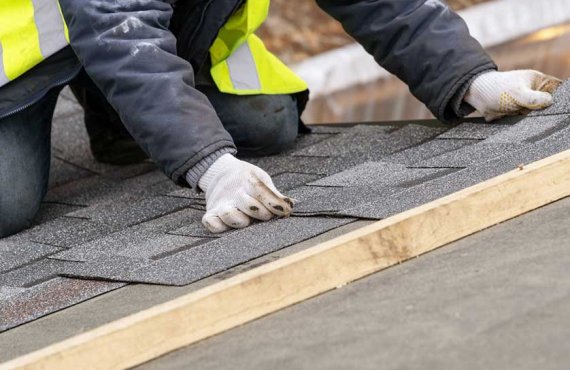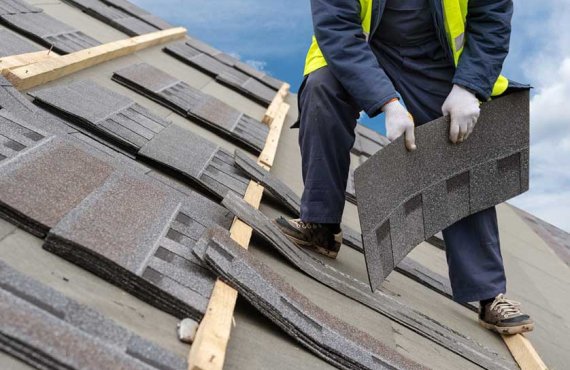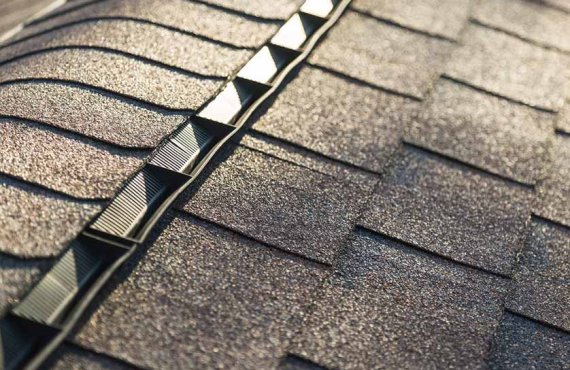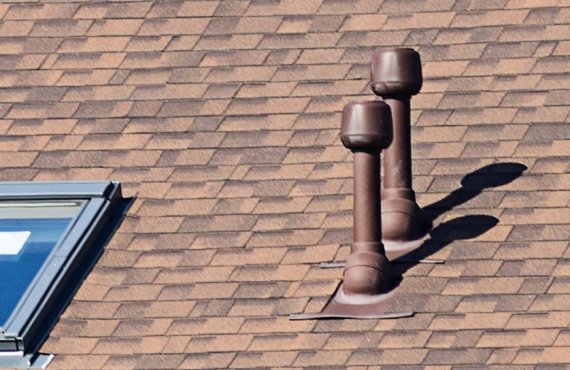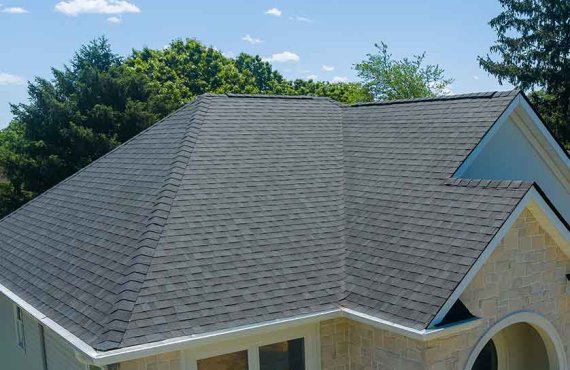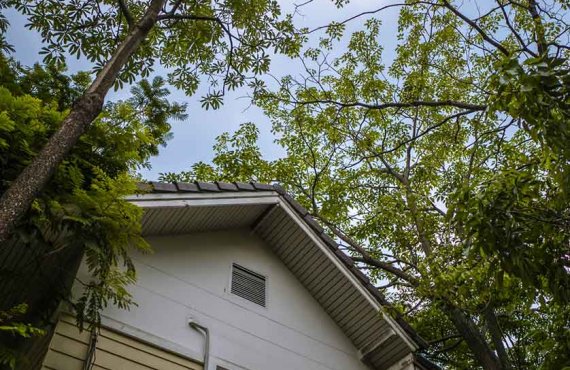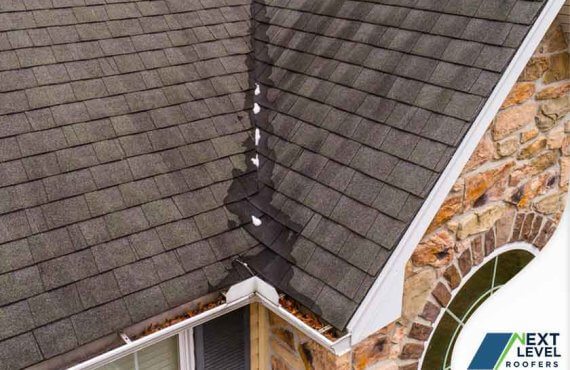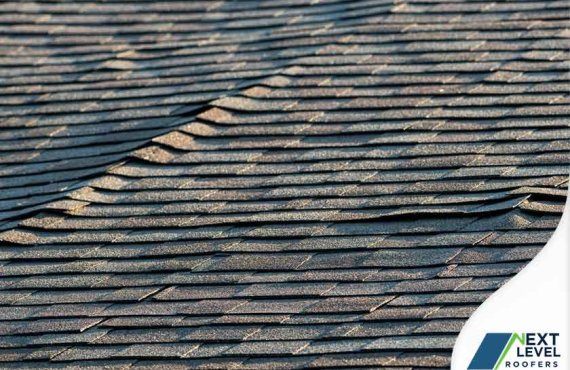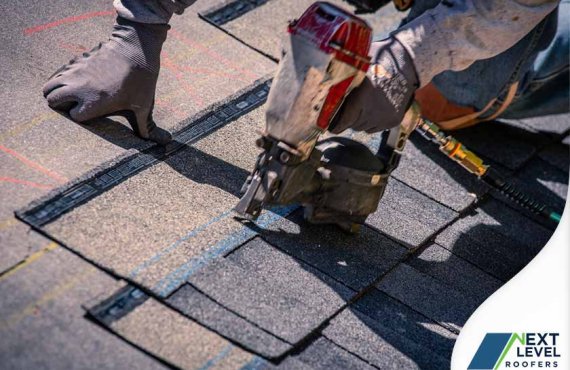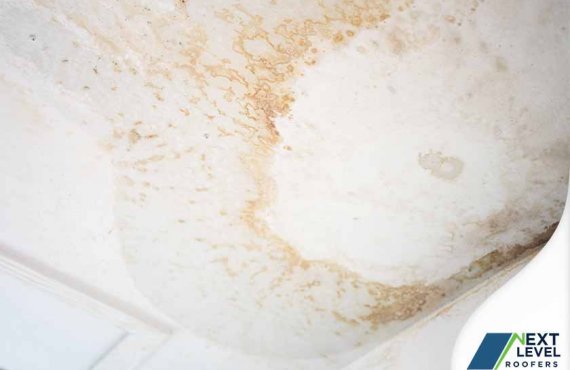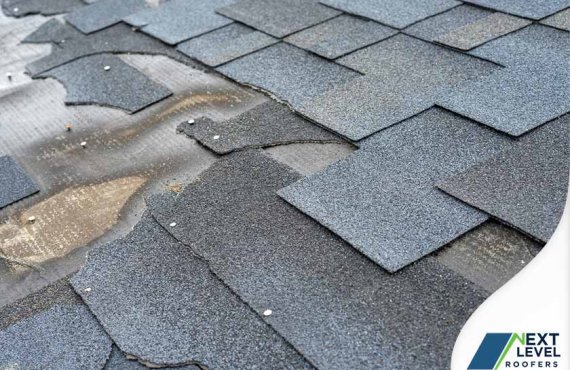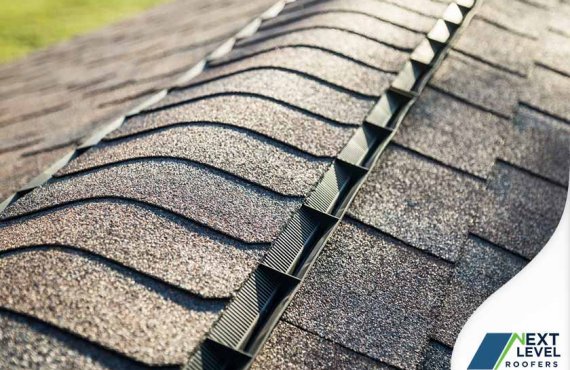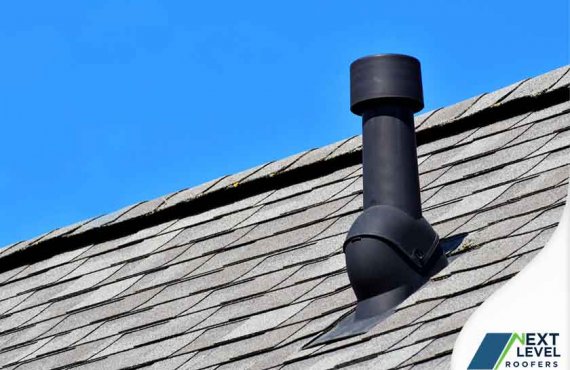Most residential roofing systems have vents and these are located under the overhang where two slopes meet. Unfortunately, most homes aren’t adequately vented, resulting in issues affecting indoor comfort and energy efficiency. The lack of ventilation can also bring about a host of roofing problems that can lead to the system’s deterioration and inefficiency.

In this blog, Next Level Roofers, one of the top roofing companies in the area, explains the importance of roof vents.
Intake Vs. Exhaust Vents
Roof vents come in two types: intake and exhaust. The former draws cool, fresh air into the attic and is usually located near soffits. The latter, meanwhile, allows hot and moist air being pushed out by the fresh air entering the attic to escape. It is often installed along the ridge and the other high points of the roof. With these two vents working together, your roof can take advantage of air circulation that can benefit your home.
Why Are They Important?
Expert roofers like us make sure the residential roofing systems we install have adequate ventilation so homeowners can enjoy numerous benefits. Vents, for one, help curb moisture buildup inside the attic while maintaining consistent levels of indoor humidity. Also, they help prevent heat from radiating toward your indoor spaces and cause your AC system to work harder than it should. Having enough ventilation is indeed crucial to reducing energy consumption that results in significant savings.
More importantly, having proper ventilation is the key to your roofing system’s long-term weather performance and durability. With no heat and moisture building up inside the attic, you can head off issues such as asphalt shingle damage, mold growth, and rot on the structural components of your roof.
For your residential roofing needs, turn to Next Level Roofers. You can rely on us to deliver high-quality roof replacement services that will help protect your home for years to come. Call (407) 237-7960 or fill out our contact form to get your free estimate.

